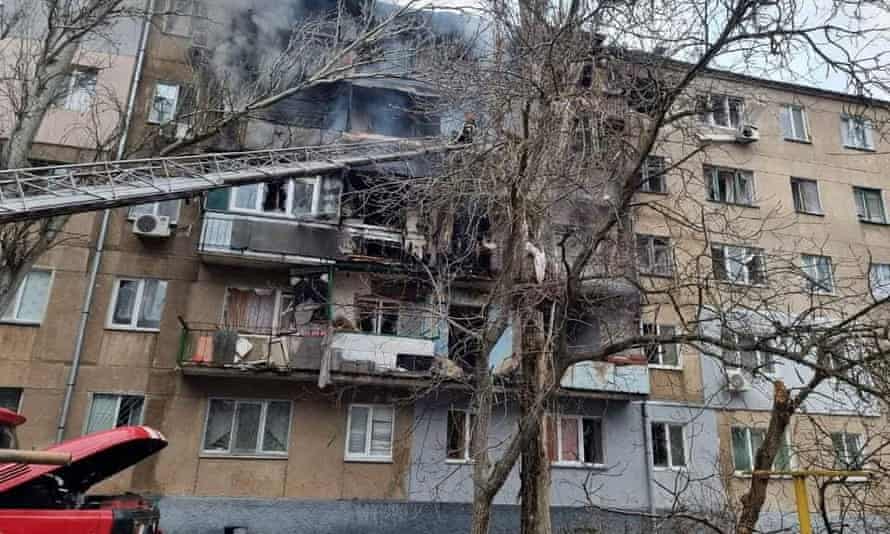“Finally,” he added, “and this is purely speculation, the leadership and campaign planning in the south appears to be superior to the north. While often advancing on diverging axes, the southern theatre has largely continued without the long pauses seen in the north and north-east.”
While the fall of Kyiv – or its negotiated capitulation – is a key Russian war aim, a limited Russian victory in the south alone would still have massive implications for Ukraine. As well as creating a devastating economic stranglehold on the country, it would also limit any western aid flows into Ukraine, while threatening the country’s integrity from three broad geographical directions with Russia likely to claim southern areas it has control of in any future peace negotiations.
Most worrying of all for Ukraine, perhaps, is what control of the south would mean for the war in other parts of the country, with fears that Russian forces could link up with Russians operating south of Kharkiv or ultimately breakout north towards Dnipro, the key strategic city on the Dnieper River.
In the north the Russian offensive remained more complex on Tuesday. While some analysts and western intelligence agencies have described the Russian advance in the north as “stalled” there has also been evidence since the weekend of preparations for a renewed assault on Kyiv and regrouping of Russian forces around the capital city, including attempts – opposed by Ukrainian forces – to advance west towards Kyiv from the direction of Sumy.
Russian forces have also hit a number of key logistics centres and an air defence centre that could support Kyiv’s defence, including the Vinnytsia airbase, which it hit with eight cruise missiles, as well as a number of fuel depots.
In outlying areas of Kyiv such as Bucha and Irpen, close to the biggest concentration of gathering Russian forces, residents have been forced to flee under a steady rain of shells and rockets.
“We can’t even gather up the bodies because the shelling from heavy weapons doesn’t stop day or night,” said the mayor, Anatol Fedoruk. “Dogs are pulling apart the bodies on the city streets. It’s a nightmare.”
Through it all, Zelenskiy said, Ukrainian forces were showing unprecedented courage.“The problem is that for one soldier of Ukraine, we have 10 Russian soldiers, and for one Ukrainian tank, we have 50 Russian tanks,” he told ABC News in an interview that aired Monday night.
But he noted that the gap in strength was closing and that even if Russian forces “come into all our cities”, they will be met with an insurgency.
One of the most pessimistic commentators on Ukraine’s ability to withstand Russia’s attack against it has been Bill Roggio, editor of the Long War Journal, who reflected part of that message. “The fundamental problem the Ukrainian military faced from the very beginning,” he wrote this week, “is that it doesn’t have enough forces to defend everything at once.
“The Russians have a numerical advantage and are willing to trade soldiers and hardware to achieve its objectives.”


